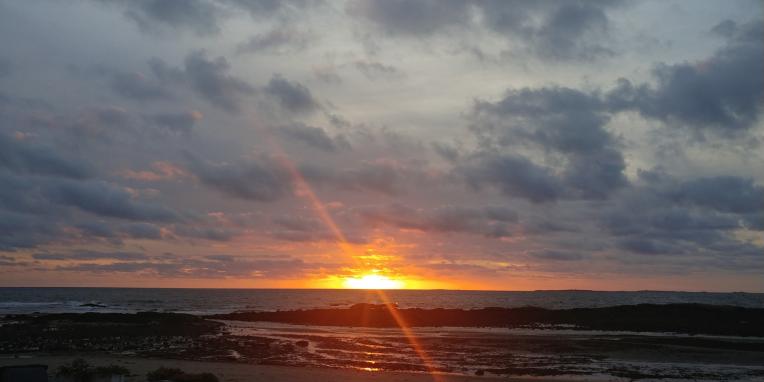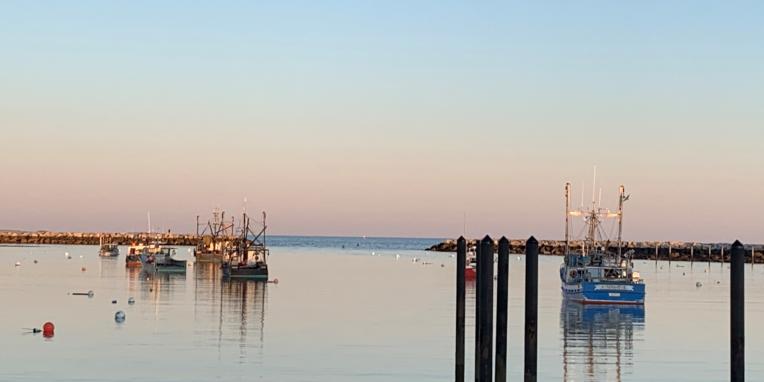About Rye
The Town of Rye, New Hampshire is located on the Atlantic Ocean and its eight miles of coast line is the longest in NH. Three magnificent serpentine beaches created by rocky headlands have drawn people to the town for centuries. There are 850 acres of salt marsh and, with all the fresh water marsh, almost two thirds of the town’s 35.5 square miles is water. The four southern-most islands of the Isles of Shoals: Star, Lunging, White and Seavey, which are located six miles off the coast, are also part of Rye. There are several ponds, some lovely open fields, many acres of privately owned forest and a significant amount of public and conservation land gained through donation and conservation easements.
The land of Rye was originally inhabited by native peoples for over 12,000 years.The first European settlement in 1623 at Odiorne Point was called Pannaway, later nicknamed Sandy Beach until 1726 when it became the parish of Rye and then gained independent town status in 1785. The town’s history is rich in farming, fishing and ocean side resort history. Rye’s trategic location has put it in the nexus of change in American history by its proximity to Portsmouth, commerce in all directions and several international connections. The natural beauty of the town and the historical significance of its built environment continue to beckon people.
The population in 2020 was 5,500. Over 200 residents volunteer to serve on town government boards. Nonprofit organizations such as the Rye Civic League and the Rye Historical Society provide strong community connections. Voters have consistently supported the preservation of open space, wetlands ecology and historic buildings.
Written by Alex Herlihy, Rye Town Historian



